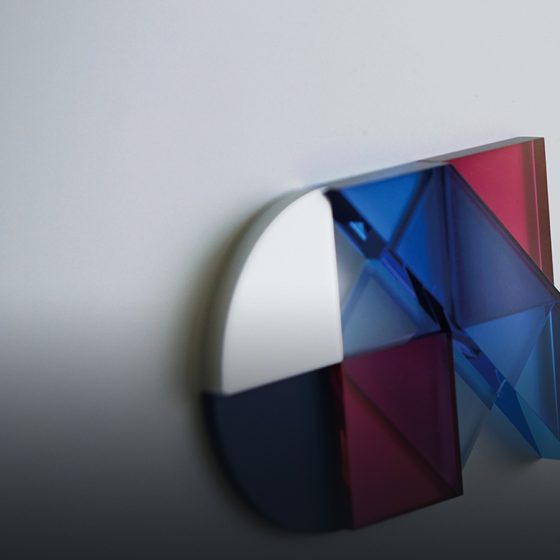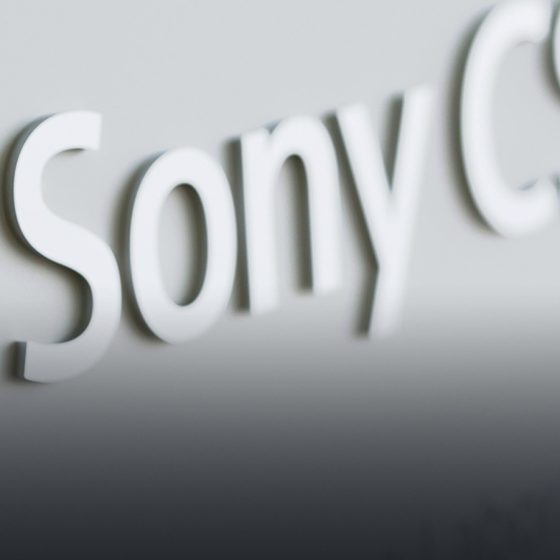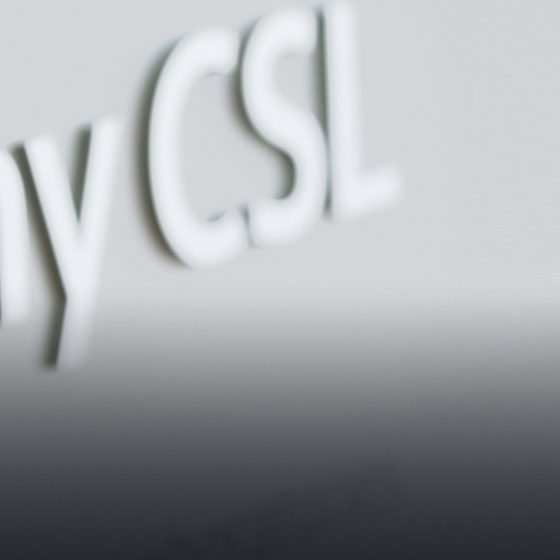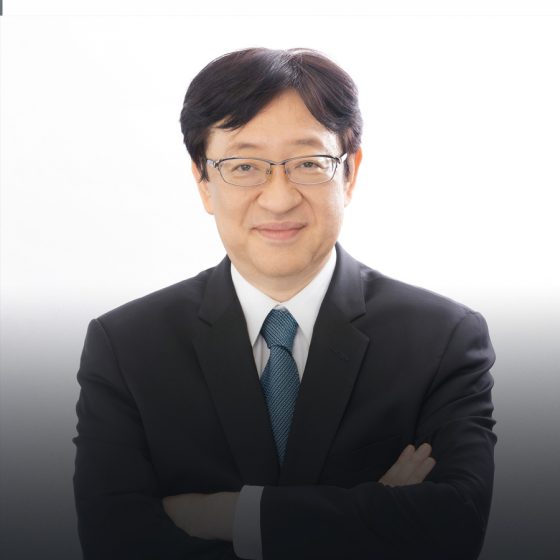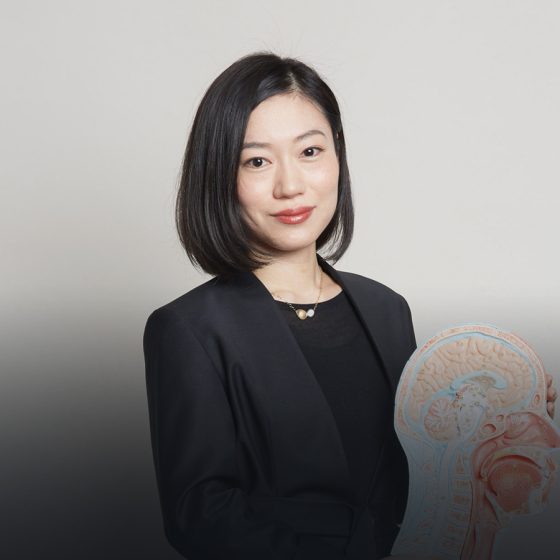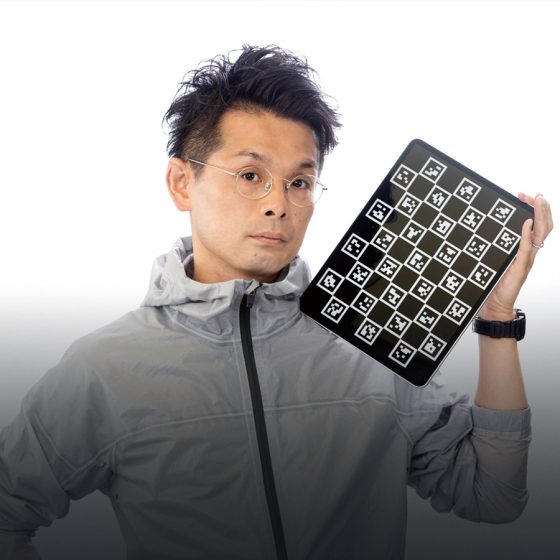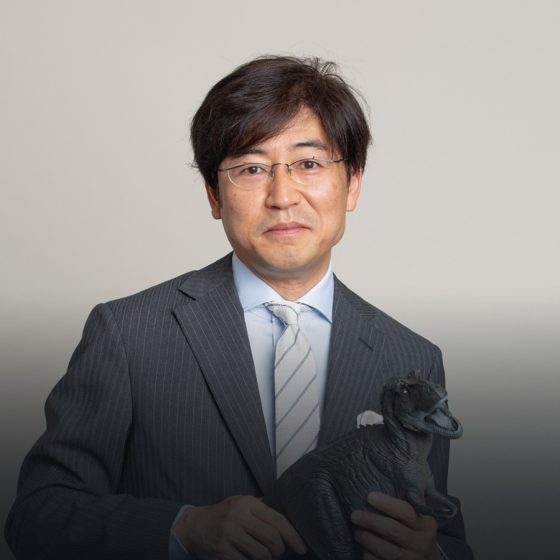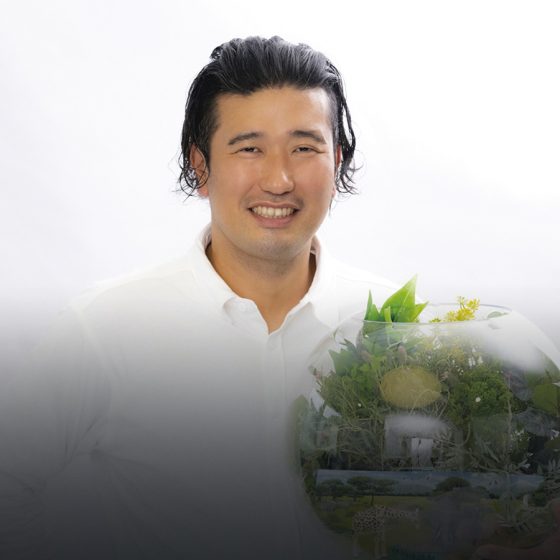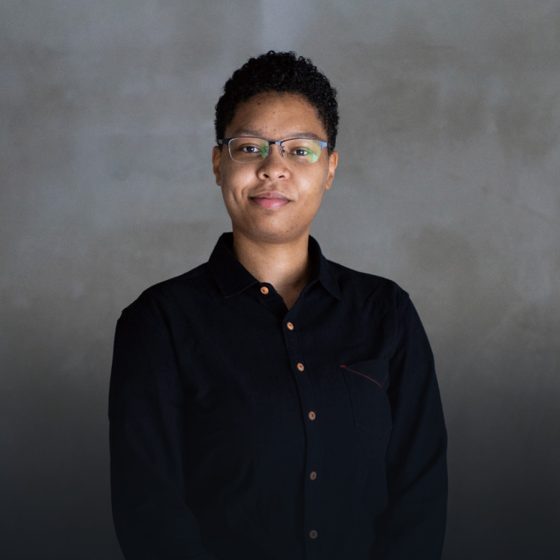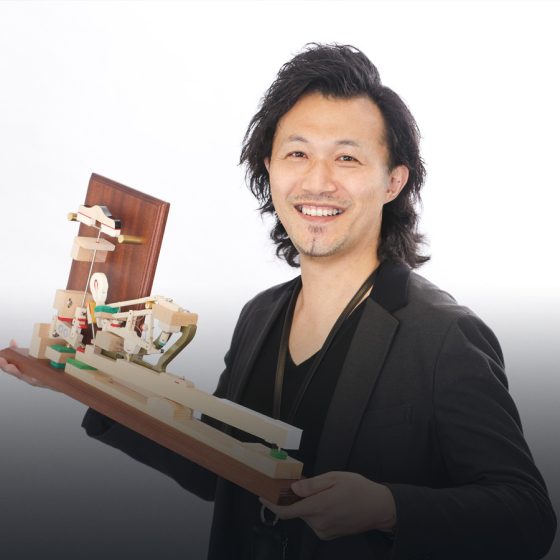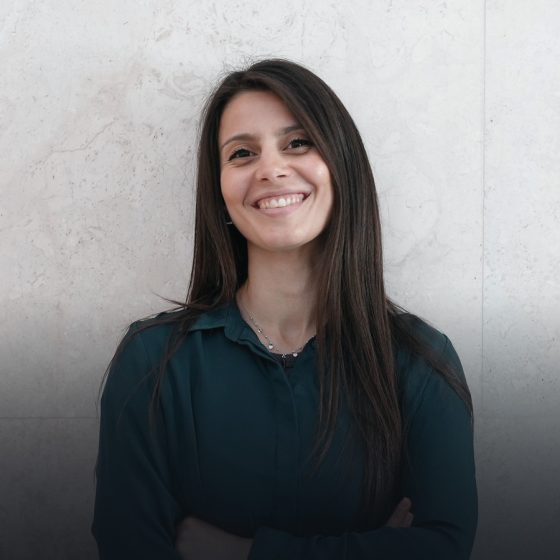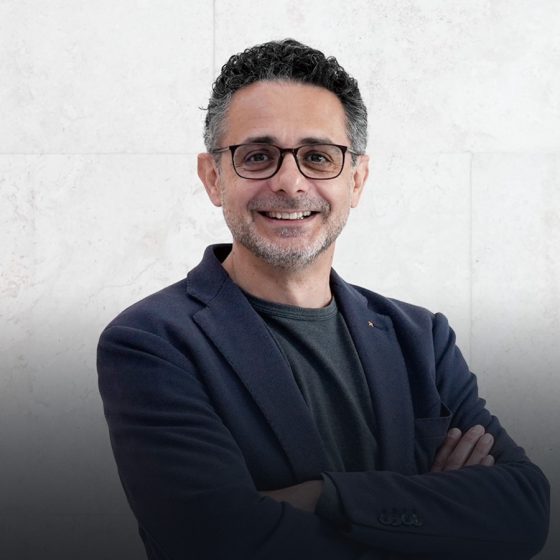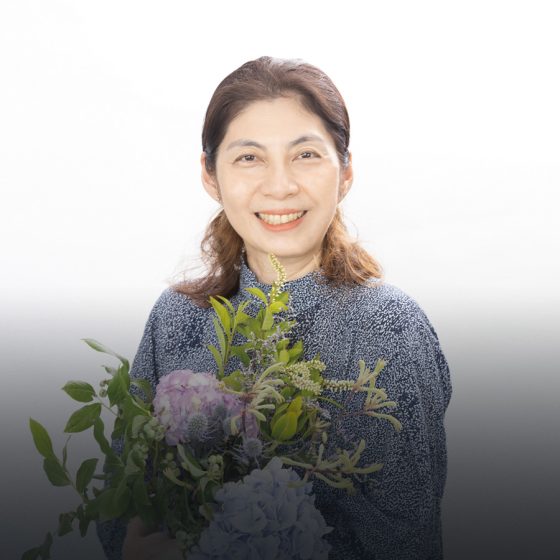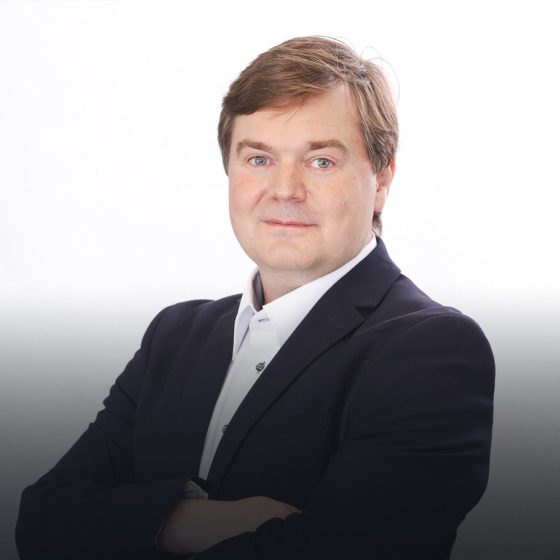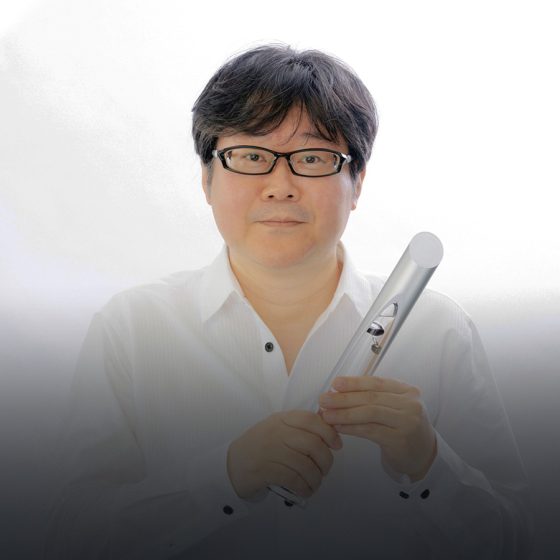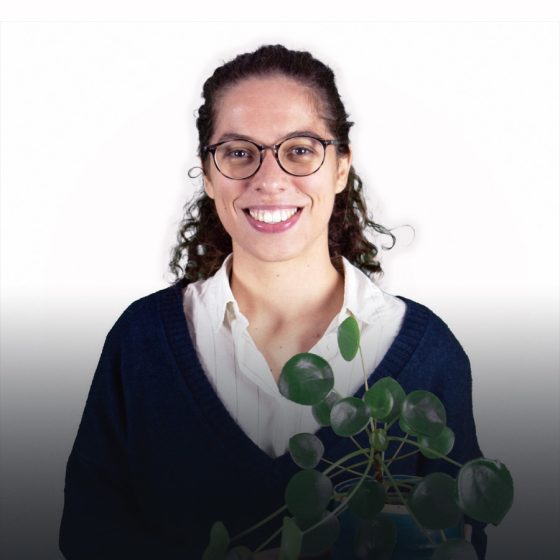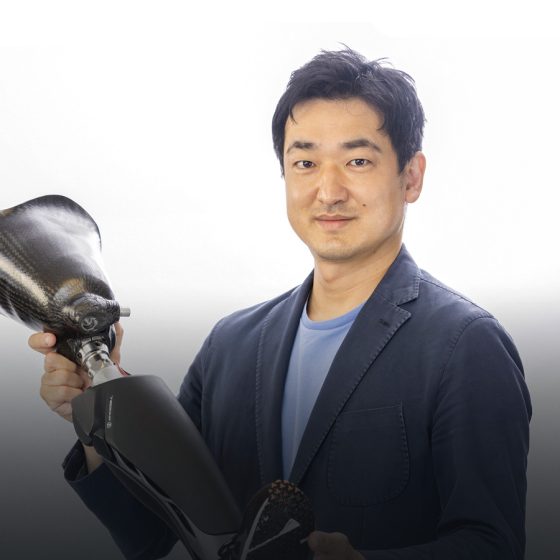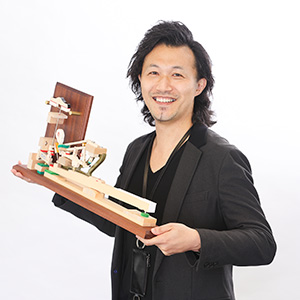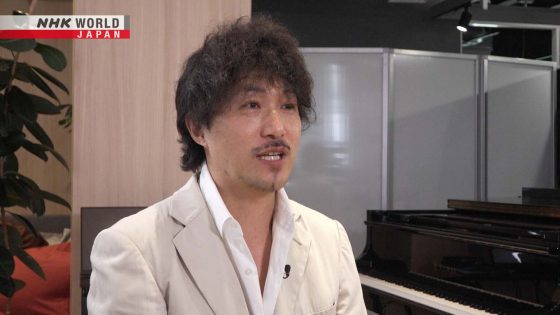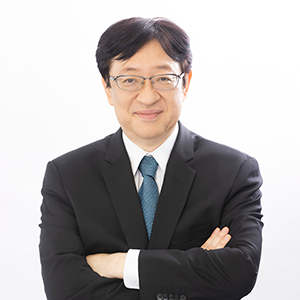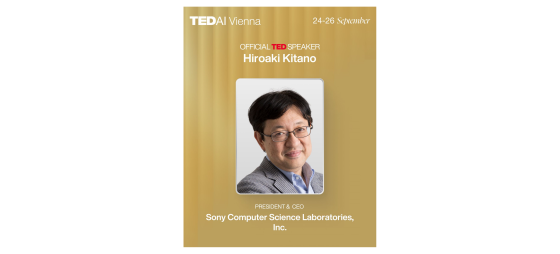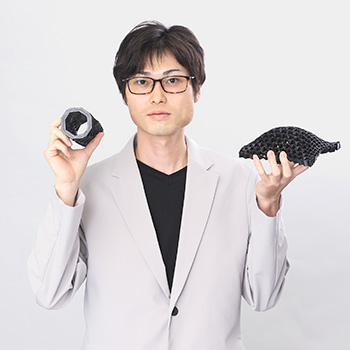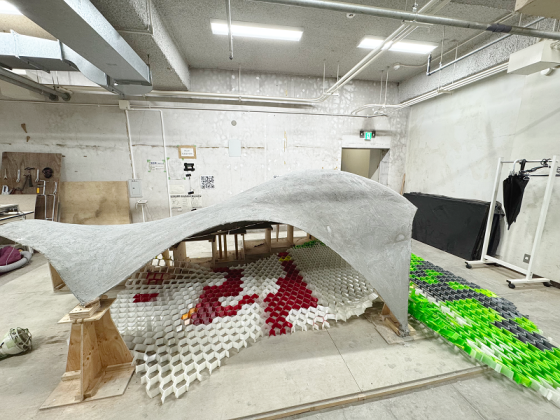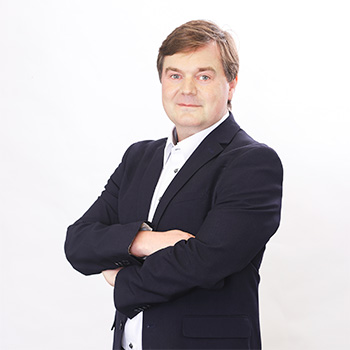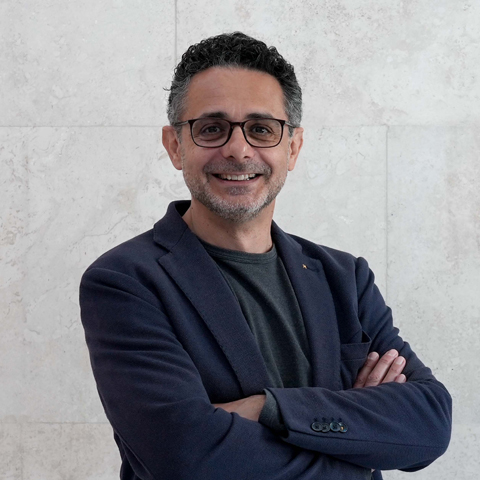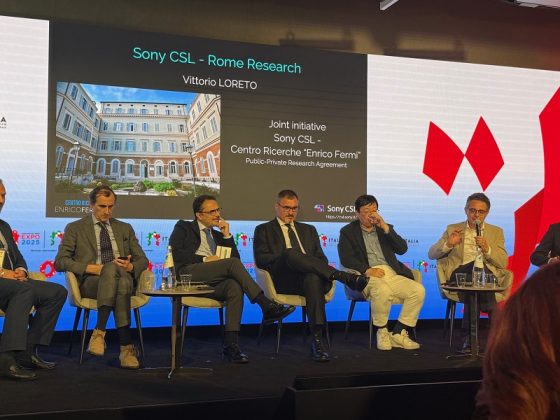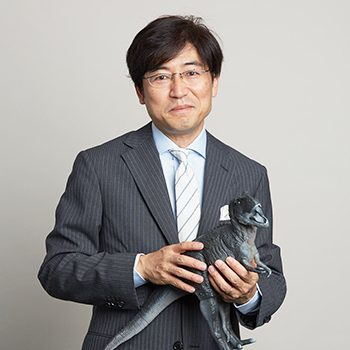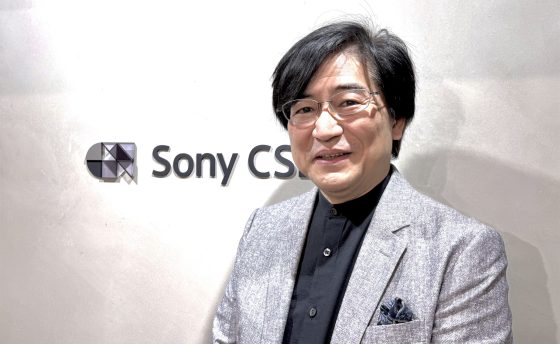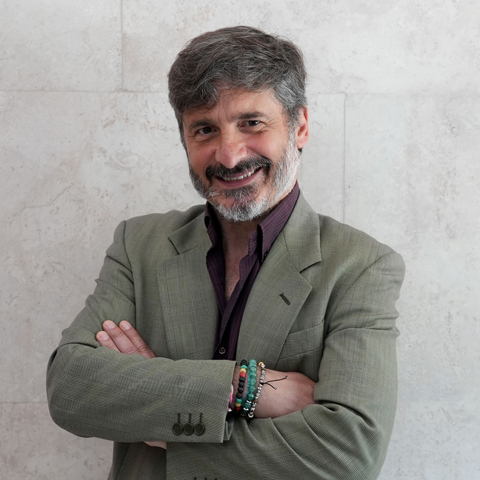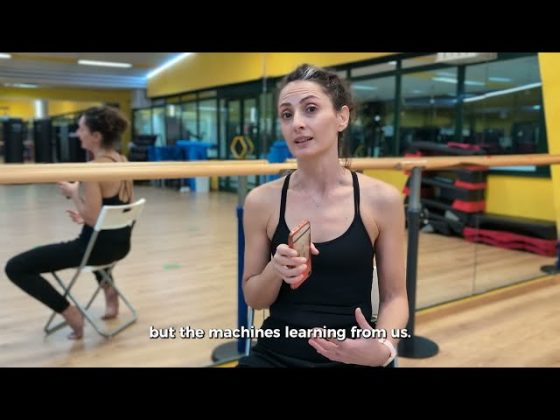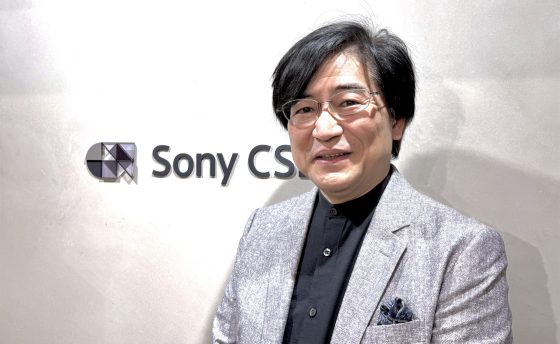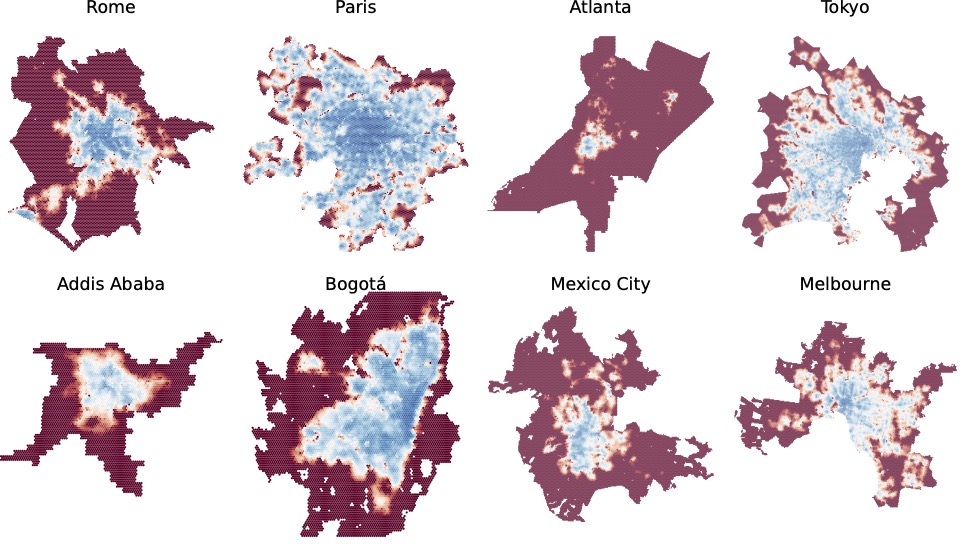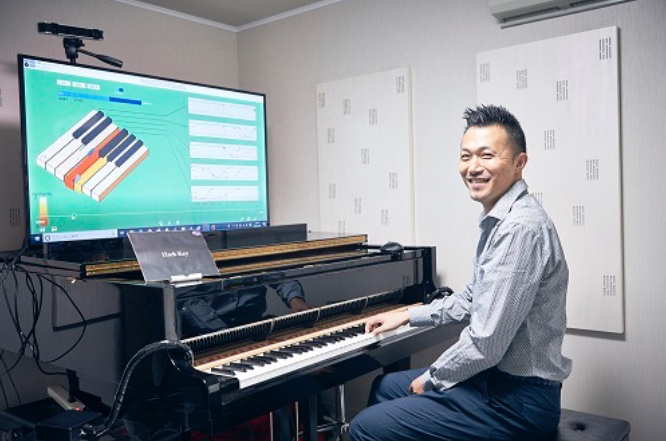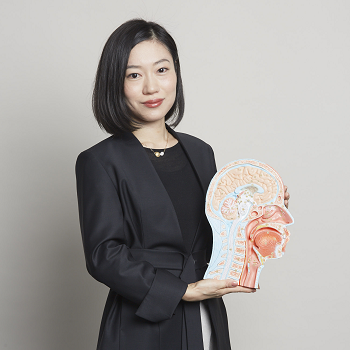News&Articles
Predicting artificial neural network representations to learn recognition model for music identification from brain recordings
Evaluating a New Construction Method Through a 1/15-Scale Form Inspired by Tachira Club
A research project by Sony CSL - Rome, focused on human movement and AI.
Our Worldviews
At Sony Computer Science Laboratories, there are as many diverse world views as there are researchers, and the future envisioned from each perspective is expressed as "Worldviews".
Fitting environments to brains to achieve a mental-barrier-free society - Ai Koizumi
Research Areas
At Sony Computer Science Laboratories (Sony CSL), researchers are not assigned predefined topics by the company; instead, they have the freedom to choose their own themes and pursue them from unique perspectives. At the same time, when looking at these activities from a broader perspective, we can observe that research is currently conducted across six major "Research Areas." These areas are not rigid frameworks; rather, they are seen as evolving and transitioning in response to changes in the times and shifts in researchers' interests. Here, we introduce Sony CSL's diverse research areas and the activities associated with them.
This research area is dedicated to fundamental studies accross the humanities, social sciences, natural sciences, and the arts.
This research area addresses planetary-scale challenges such as climate change and the biodiversity crisis.
This research area focuses on diverse fields that revolve around creativity.
This research area explores ways to enhance human capabilities through sensory augmentation and robotics.
Grounded in AI and data analytics, this research area aims to bring intelligence to real-world systems and processes.
This research area focuses on strengthening social systems through technology to create sustainable and harmonious communities.
About Sony CSL
At Sony Computer Science Laboratories, Inc. (Sony CSL), each researcher sets his or her own goals and conducts independent research. All research findings are published under the individual researcher's name. This approach stems from Sony CSL's belief that research is essentially a voluntary endeavor undertaken by individuals or groups driven by their own free will, with the institute serving as a platform to support this process. Sony CSL researchers strive to change the world through their research activities. Researchers with diverse "worldviews" inspire one another, create new research fields and paradigms, develop new technologies and businesses, and ultimately contribute to the future of humanity and our planet.
